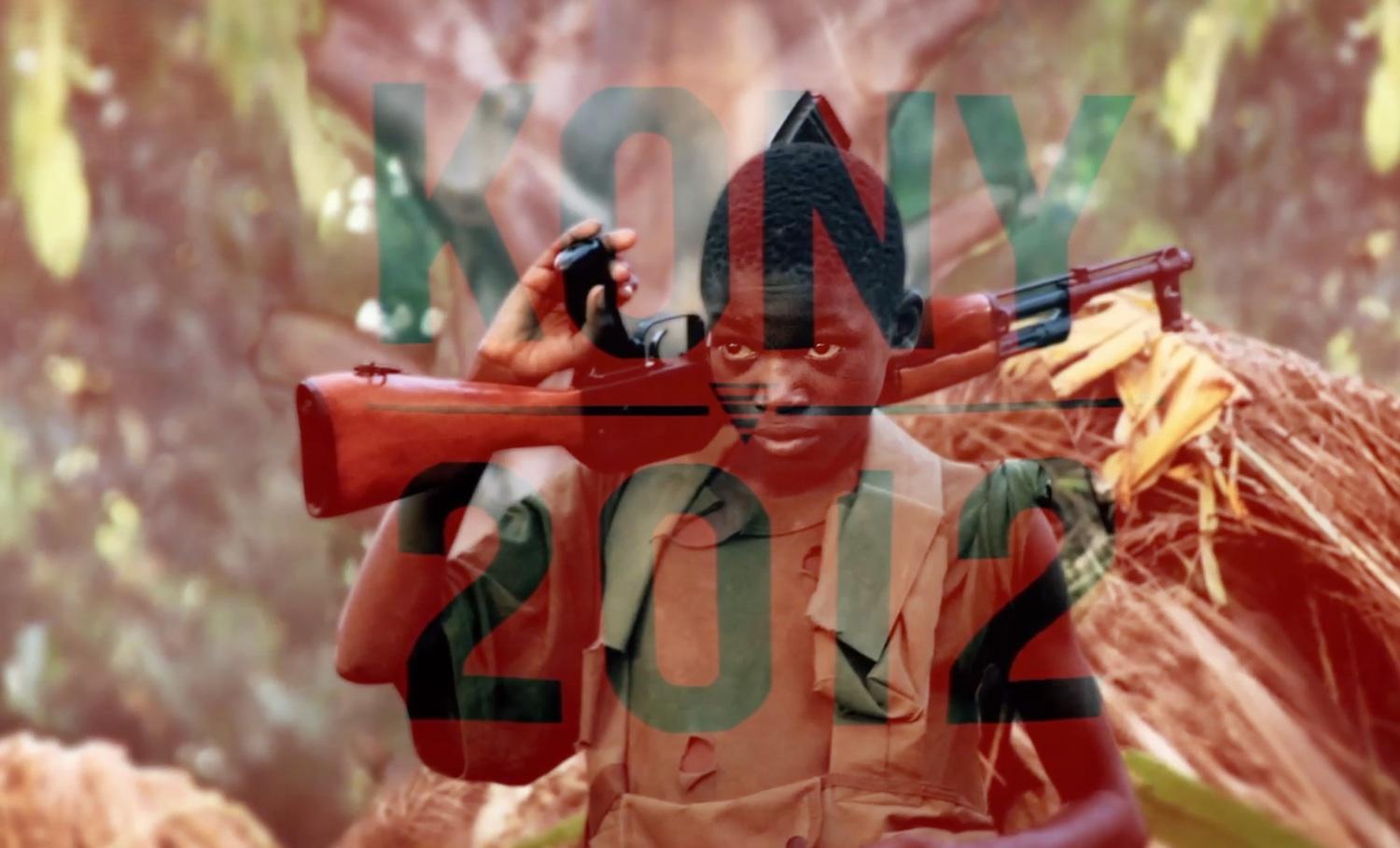Kony 2012: An Emotional Oversimplification of Problems in Uganda
The Viral Video Highlights America’s Predictable Appeal to Emotional Rhetoric, Heroism and Consumerism
March 31, 2012

Kony 2012, a video campaign dedicated to raising awareness about Ugandan warlord Joseph Kony and the Lord’s Resistance Army (LRA), went viral with over 84 million views in the past few weeks. Kony and his force are notorious for the rape, murder, kidnaps and mutilations of tens of thousands of people, including children. Co-Founder of Invisible Children and filmmaker of Kony 2012 Jason Russell endeavors to bring these injustices committed by Kony to the forefront and overthrow the dictator.
But Kony 2012 is already under scrutiny on a number of different accounts including financial issues concerning Invisible Children. My issue with the video, however, is the way the video uses pathos to appeal to an audience. Logos, ethos and pathos are the basic rhetorical tools of a social idealist. Arguments refracted through these three appeals instill people’s use of their rationale, recognition of the idealist’s credibility and evocation of emotions.
Kony 2012 lacks a balance between these three motivators. Kony 2012 doesn’t touch base on logos nor ethos as much as rally support solely through pathos. The video campaign is designed to spark immediate action among viewers—chiefly young, internet-savvy viewers—on the premise of raw emotion. The 30-minute video fails to provide a detailed explanation of the war; rather, it oversimplifies. In fact, gleaned from the video is merely the fact that there is an evil dictator forcing guns on children.
While I commend Russell’s aims to disseminate consciousness of Kony and the LRA’s brutality, convincing a young population with pathos is dangerous and no more credible or strategic than corrupt political propaganda.
Kony 2012 is more than a representation of our loss of critical thinking—it is a reinforcement. With Kony as the bad guy and the western world as the good guy, Kony 2012 has the inner makings of a poor movie plot. It should be a campaign oriented towards exposing the domestic terrorization in Uganda, an issue more complex and intricate than your traditional cinematic roles.
In fact, the oversimplification of these cinematic roles is even more dramatized by erroneously casting Africans as the poor, defenseless victims in dire need of the white knight, American heroism. The overarching neoteric fairytale has been writ large by damsel in distress stories like the case of Jessica Lynch, and now, Kony 2012.
Americans need to take real responsibility for what is happening in Uganda, but not through emotive manipulation, teased-out facts or simplification. We need to break free from the heroic-victim stage roles we have imposed on both people of underdeveloped countries and ourselves. Quite simply, we must not fight in the name of chivalry but for justice. By doing so, we breach the mindset of Americans as heroes with the undue responsibility to fix a problem that isn’t theirs.
Standing in solidarity with one another—both with people in our nation and Uganda—means more than buying wristbands, as part of the Kony 2012 “action kit.” Overlooking realities is a popular consequence of campaigns that motivate using emotions over facts and peg the idea that problems can be absolved by purchases. Campaigns that go into contortions to make a point about the realities of social injustices should not conclude with stickers as a solution.
While effective advocacy starts with word of mouth, advocacy is counterproductive if the message is marred by disillusioned marketing ploys, which in turn, reinforce the notion of a white man’s burden. We need to keep Kony in conversation under well-informed and ripe conditions and recognize that the conversations and explorations of the topic do not end at a plastic bracelet.












